5 Ways Partners Can Drive UCS Refreshes And New Wins With Cisco's M5 Servers
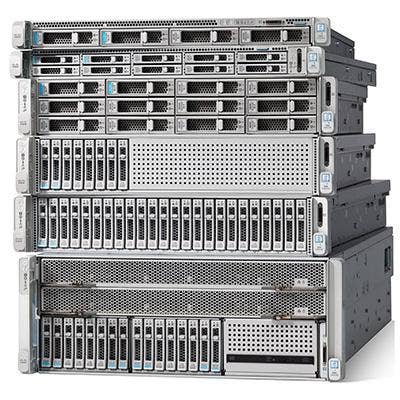
Watch Out Dell, HPE
Cisco recently unwrapped the next generation of its flagship Unified Computing System (UCS) server line, and the networking giant said competitors like Dell and Hewlett Packard Enterprise couldn't compete with it when it comes to its architectural approach and total cost of ownership.
Cisco's new UCS M5 line includes blade and rack servers, an enhanced UCS Director, a new Intel processor and a Workload Optimization Manager.
"What really differentiates us from Dell, is that Dell is asking customers to really just keep throwing more servers and people at the problem," said Todd Brannon, Cisco's director of product marketing for UCS, in an interview with CRN. "Partners aren't going in and having a server-to-server conversation with people and trying to fight at the slots and watts level. It's much more on the operational level that we want to compete … It lets [customers] manage more infrastructure with fewer people."
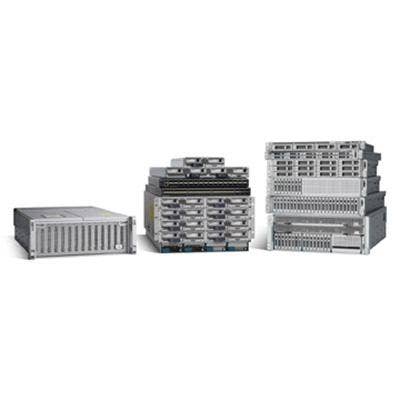
Don't Call It A Server
Cisco said M5 is not a server, but a system. Instead of going head-to-head with Dell or HPE server-by-server, partners can approach businesses with a system level, future proof solution.
"We can deliver customers multiple different types of architectures on this. So if its scale-up for SAP HANA or scale out for something like Hadoop or OpenStack – we can offer those different architectures in one system, from an operational perspective. So they can grab the right type of box for the job but that all comes from a singular pool of resources and one management paradigm," said Brannon. "Our UCS is extremely modular so as we bring in new form factors and I/O components – all these things are tied together in a singular system. So the components can come and go – like servers, networking, etc. – but the operating model, everything stays consistent over time, so it's future proofing things for customers."
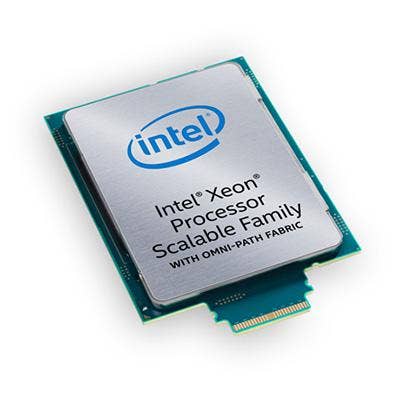
Performance, Application Boost From Intel
Intel's new Xeon Scalable processors inside M5 has significantly boosted performance. Cisco said it had seen improvements of up to 86 percent in application performance between the fourth generation of UCS compared to new fifth generation M5.
"The new Intel M5 processor really gives us the ability to extend our technology leadership in our fabric-based computing, our management capability, and our virtual interface card," said Scott Mohr, director of data center and cloud for Cisco's Global Partner Organization. "Partners can improve their TCO and application performance for customers … It's triggering our ability to attach to applications and optimize our customer's application environments."
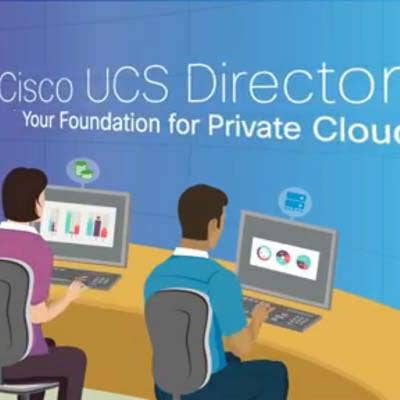
Now Part Of Cisco VIP
Partners can already get additional rebates and incentives for selling the M5 line. Cisco said the product line is now included in Cisco's most popular channel programs including Value Incentive Program (VIP), Opportunity Incentive Program (OIP) and Teaming Incentive Program (TIP).
" All of our partner profitability programs are updated with M5 – that's available today," said Scott Mohr, director of data center and cloud for Cisco's Global Partner Organization. "We're also going to be announcing additional incentives around M5, refreshes and our Cisco Workload Optimization Manager."
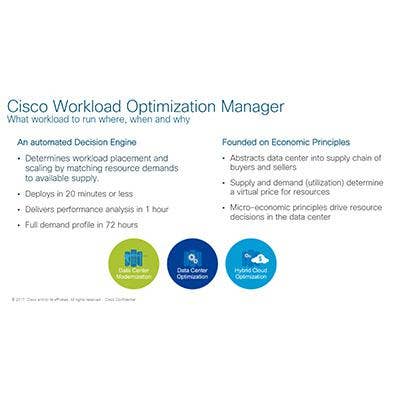
Cisco Teams With Turbonomic
A significant piece to the new servers is Cisco's new Workload Optimization Manager integrated inside the new UCS Director 6.5. The networking giant partnered with hybrid cloud management provider Turbonomic to develop code specially for UCS.
"It allows customers to ensure that they're running in an optimal state. This piece of software can identify where particular virtual machines are over-provisioned in terms of memory or vCPU allocations and can trimmed back and release resources back into the environment for other VM's. Or the reverse, where you have VM's that are starved for resources and not performing optimally," said Brannon. "It makes a recommendation to customers in terms of how they optimize their environment. In fact, if they want to, they can go in a fully autonomic mode where Workload Optimization Manager will identify these problems and fix them for them. So it can automatically resize VMs or move them from one host to another."
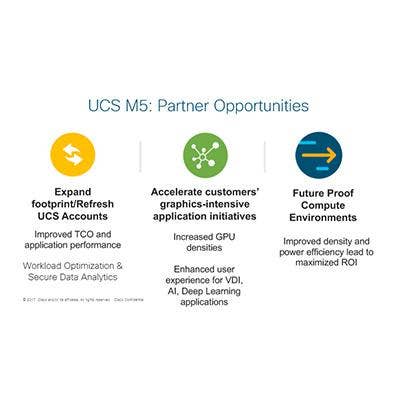
Cisco Claims Lower TCO Versus Dell, HPE
Brannon said although M5's box-by-box price point versus Dell and HPE is slightly more expensive, the total cost of ownership is lower.
"The value is definitely in the system. With our fabric interconnects, we'll be slightly more expensive on a box-to-box basis, but when you factor in the reduce cabling, the reduce switching components -- we end up with a lower TCO for the customer overall," said Brannon. "So overall TCO, we're definitely at an advantage."
"It lets [customers] manage more infrastructure with fewer people and respond to what the business is asking for much faster than the traditional infrastructure approach where they've got to manage servers, and network, and storage, and all these silos – it's very manual," he said. "This will lead to a tremendous ROI for our customers that our partners will be able to lead with helping them differentiate versus our competitors."